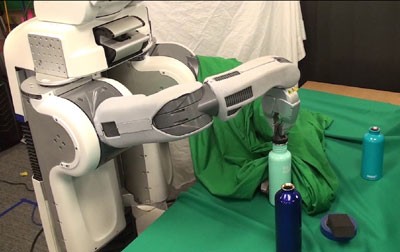Robots who can get smarter on their own by adapting to any situation given to them can actually happen in the near future.
Scientists from the University of California, Berkeley created a robot called BRETT (Berkeley Robot for the Elimination of Tedious Tasks) that can actually perform rather challenging tasks such as figuring out how to get a trapezoid into the right shape inside a wooden box.
After a few tries, BRETT apparently gets better and according to researcher Chelsea Finn, it appears as if this robot possesses some sort of human learning where it moves its joints for the very first time.
However according to U.C. Berkeley professor Pieter Abbeel, this robot study is more similar to training a dog. He adds that you cannot order a pet to do exactly what you want them to do but you can reward a pet with food if it does something good.
Researchers especially BRETT's programmers are now applying this numerical reward system whenever the robot gets the right shape inside the box. The more smooth and graceful the robot completes this task, the higher the score will be.
According to programmer Sergey Levine, the team is teaching the robot how to learn on its own, like putting caps on bottles.
Researchers captured the robot's progress via video where BRETT is observed solving simple problems on his own. Abbeel adds that researchers only need to devise parameters and define what is good where the robot will learn from this and achieve good performance.
However, robots like BRETT are rather expensive and they are just meant to be utilized inside a research laboratory. Researchers hope to use this sort of learning from these robots so that they can help with domestic chores one day.
Called PR2 robots, these are developed and built by robotics company Willow Garage that is based in Silicon Valley. Levine adds that these robots can become practical household robots where they can help at home by cleaning and doing the laundry, hopefully in the near future.



























